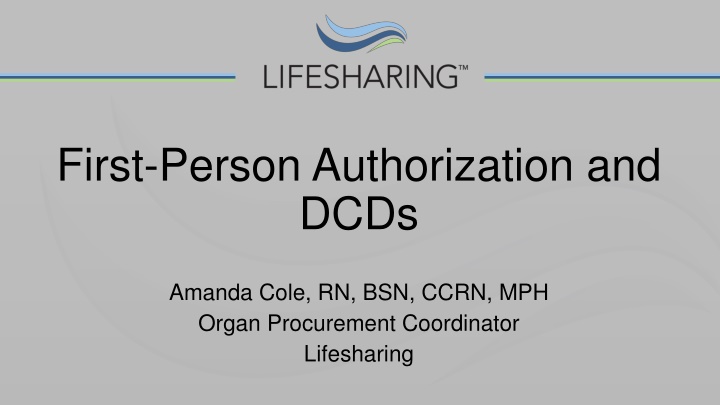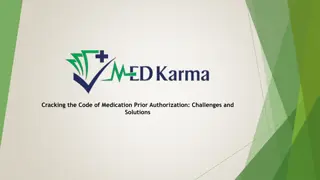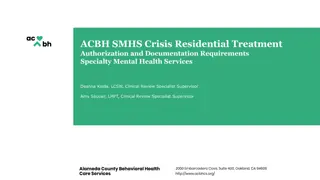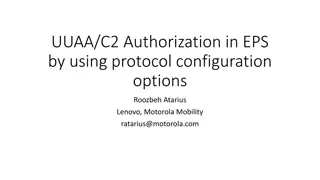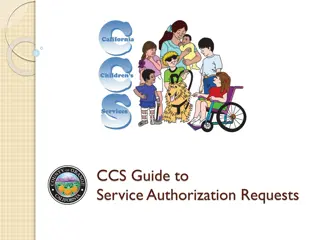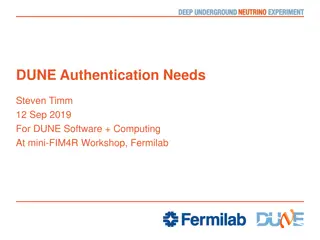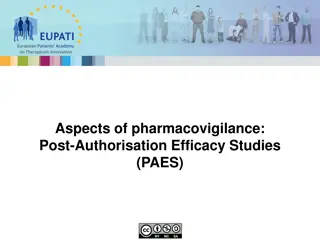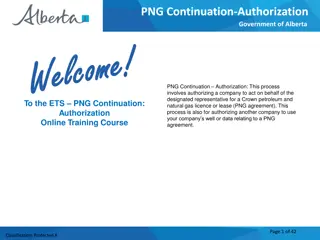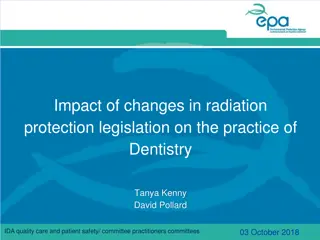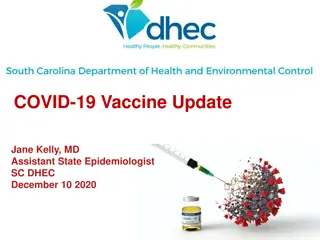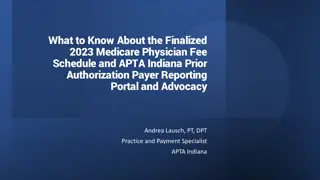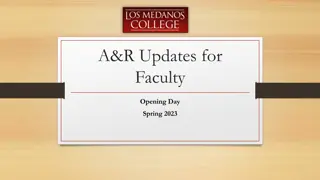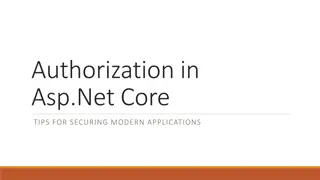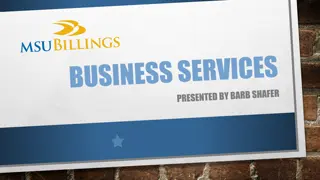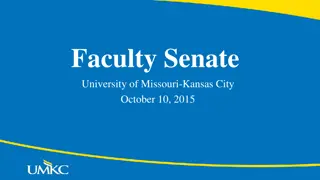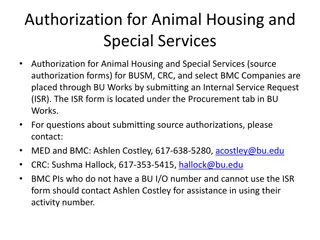First-Person Authorization and DCDs
Admitted with assault-related injuries, a patient's family initially hesitates but later agrees to organ donation after understanding its impact. The process faced challenges due to the family's initial reluctance and time constraints.
Download Presentation

Please find below an Image/Link to download the presentation.
The content on the website is provided AS IS for your information and personal use only. It may not be sold, licensed, or shared on other websites without obtaining consent from the author.If you encounter any issues during the download, it is possible that the publisher has removed the file from their server.
You are allowed to download the files provided on this website for personal or commercial use, subject to the condition that they are used lawfully. All files are the property of their respective owners.
The content on the website is provided AS IS for your information and personal use only. It may not be sold, licensed, or shared on other websites without obtaining consent from the author.
E N D
Presentation Transcript
First-Person Authorization and DCDs Amanda Cole, RN, BSN, CCRN, MPH Organ Procurement Coordinator Lifesharing
Lifesharing Authorization Data 56% 53% 53% 87% 47% 85% 43% 82% 81% 81% 2014 2015 2016 2017 2018 2014 2015 2016 2017 2018 Eligible Authorization Rates Registered Donors (FPA) Data Source: National DSA Dashboard, July 2018
FPA All Approaches 100% 90% n=46 n=41 n=39 n=60 n=59 80% 70% n=40 60% n=46 50% n=25 n=39 n=40 40% 30% 20% 10% 0% 2014 2015 2016 2017 2018 FPA BD Auth Rate FPA DCD Auth Rate Column1 Data Source: Internal MRR Database
Case Study - Admitted 7/18/2019 1541 o 55F, Assault with SAH/SDH o Intubated during craniotomy same day Referral 7/20/2019 0142 o Hospital referral to OPO - neuro insult and plan to withdrawal care On site 7/20/2019 within 1 hour o Patient is registered in California o History ESLD, COPD/Asthma, past CVA o Neuro Pupils unequal/reactive, +c/g/obv, decorticate posturing o Plan to withdrawal care that afternoon
7/20/2019 Morning o No family on site, staff states family is waiting on 1 more person to arrive and then plan to withdrawal immediately 7/20/2019 09:00 o Huddle 7/20/2019 09:20 o Phone approach, LNOK verbally authorized donation 7/20/2019 10:45 o BSRN reported that LNOK has changed mind on donation
7/20/2019 11:15 o OPO Team meet with family o Daughter stated that they had changed their mind about donation o Two immediate concerns: Patient s organs weren t good enough Timing o Our response: Explained organ function for transplant, using specific recipient example We asked hypothetically if they could donate today would they want to proceed o They immediately said yes, and we said outcome was not a promise, but we would make some calls and try
Process was aided by: Kidneys only viable organs Morning phone authorization got process started o Medical Examiner notified after phone approach o Blood sent at noon Ample staffing available to help Process was hindered by: Family timeline needed to be that day Hospital ICU MD tried to talk family out of withdrawal Difficulty getting hospital ABO results Withdrawal time set for 10pm 20 family members present Patient did not expire but family was extremely grateful
Lessons Learned o Reasons for family opposition to FPA can sometimes be mitigated quickly o Early conversations with family re: FPA are essential o Approaching families when they are ready to withdraw can be a dis-service to family and donor o OPOs should guide hospitals to allow for OPO staff to engage families earlier in end-of-life conversations
Applications o Talking about patient s decision instead of their wish o Using concrete examples about recipients to explain concerns, instead of just answering with facts o Asking hypothetical questions (re: timeline, designated donation, etc..) can make family think more in depth about decision o Inform family about FPA and describe process to families after goals of care discussion, even if no decisions have been made
